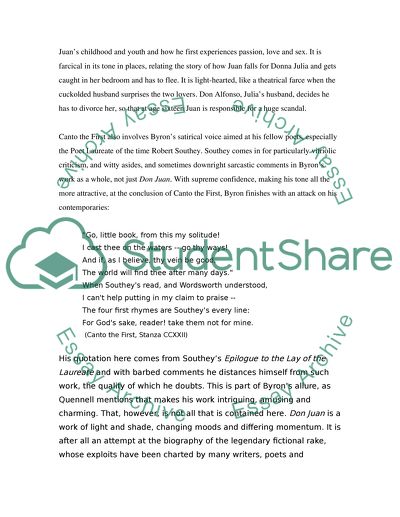Cite this document
(“Stanzas of Byrons Don Juan and Relation of them to the Wider Context Book Report/Review”, n.d.)
Retrieved from https://studentshare.org/literature/1526955-poems
Retrieved from https://studentshare.org/literature/1526955-poems
(Stanzas of Byrons Don Juan and Relation of Them to the Wider Context Book Report/Review)
https://studentshare.org/literature/1526955-poems.
https://studentshare.org/literature/1526955-poems.
“Stanzas of Byrons Don Juan and Relation of Them to the Wider Context Book Report/Review”, n.d. https://studentshare.org/literature/1526955-poems.


